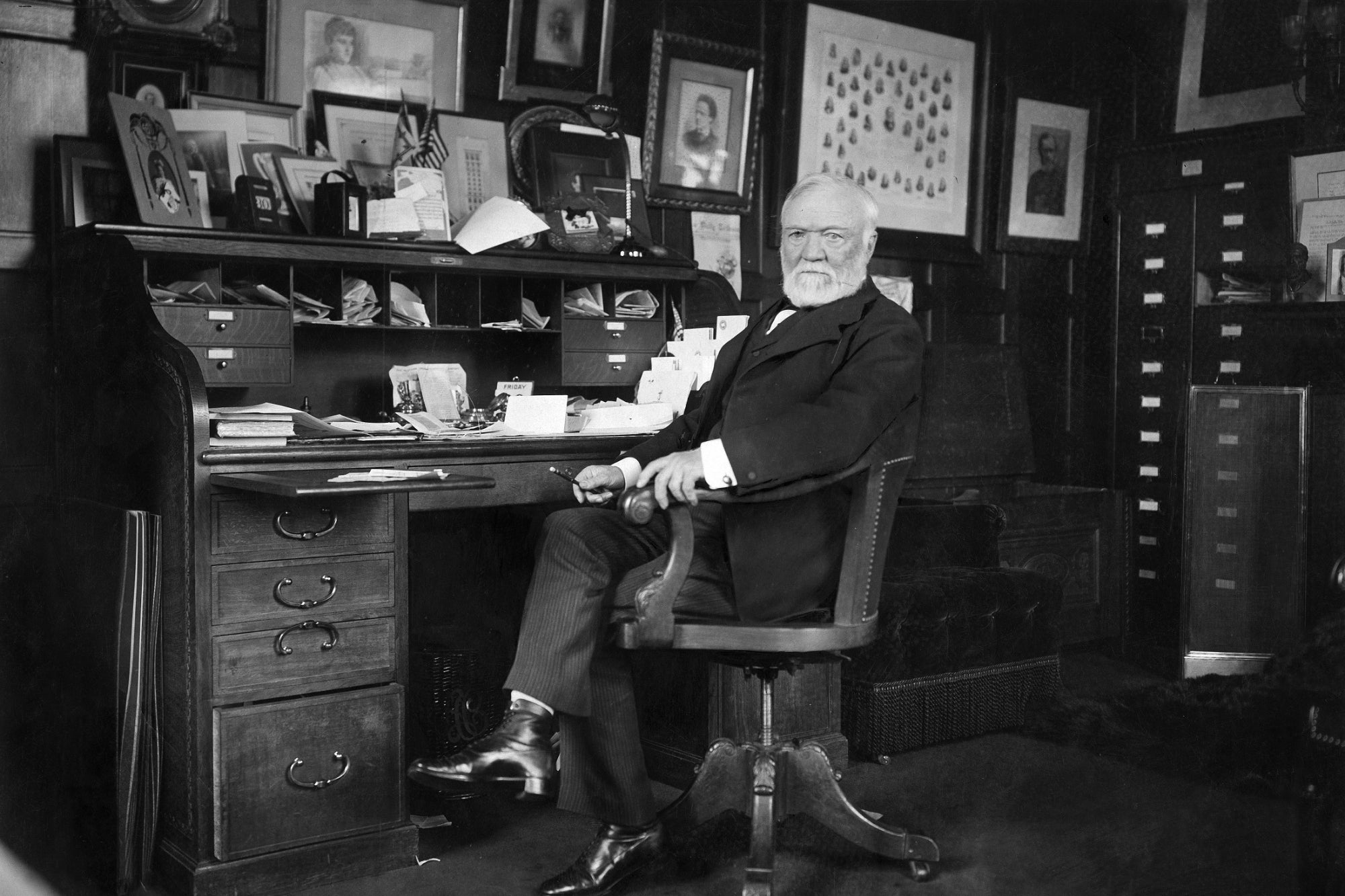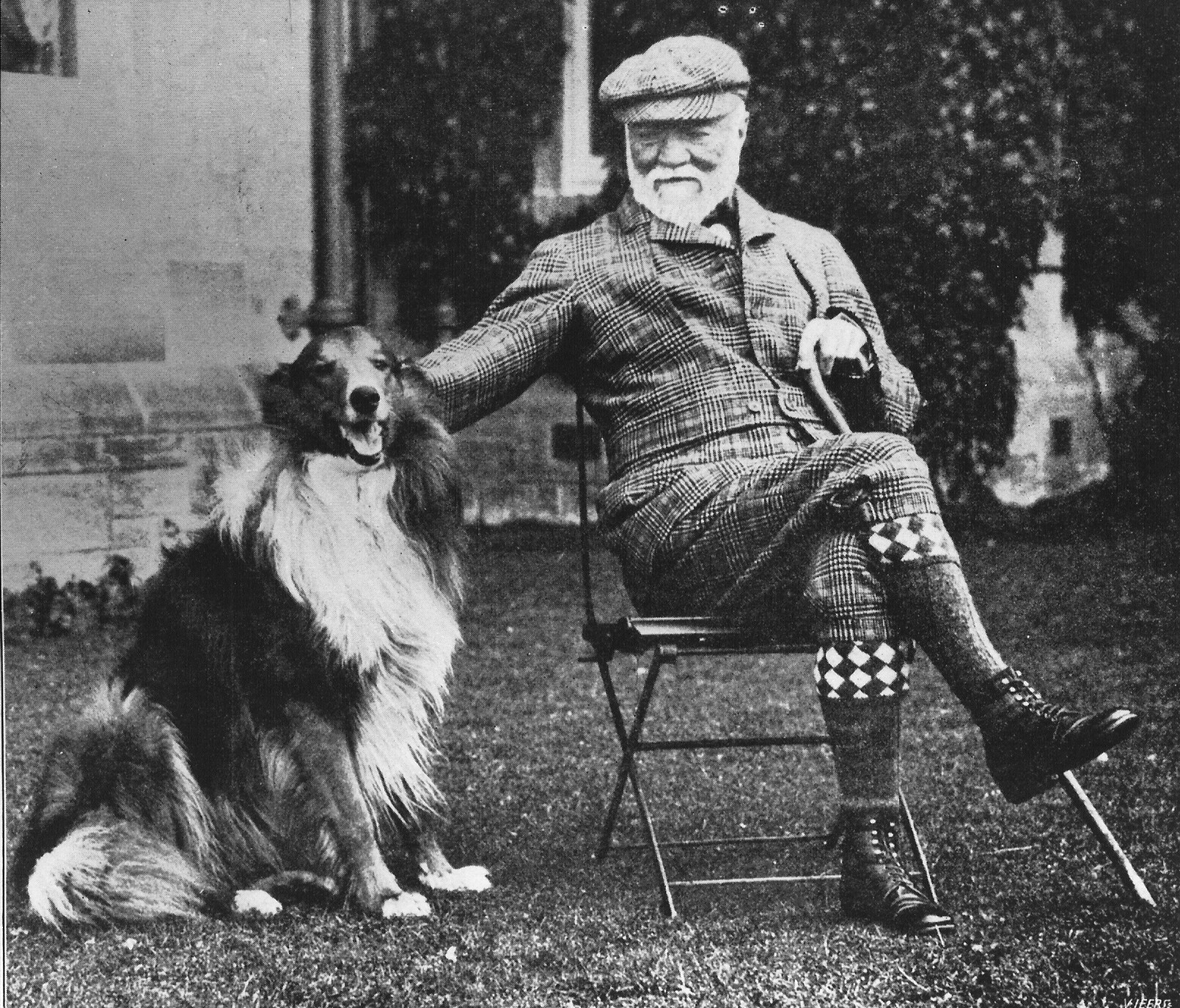Ever wondered how a Scottish immigrant turned into one of the richest men in history? Andrew Carnegie's journey is a rollercoaster of grit, genius, and sheer determination. His fortune wasn't built overnight, but through a series of smart decisions, relentless work, and a knack for spotting opportunities. This isn't just a rags-to-riches story; it's a blueprint for anyone dreaming big. Let's dive in and uncover the secrets behind Carnegie's empire.
Andrew Carnegie's rise to wealth is the stuff of legends. Born in humble beginnings, he transformed himself into an industrial powerhouse, dominating the steel industry and leaving a legacy that still resonates today. His journey wasn't just about making money; it was about reshaping industries and revolutionizing the way businesses operate. But how exactly did he do it? That's what we're here to find out.
This article isn't just a history lesson; it's a deep dive into the strategies, decisions, and mindset that propelled Andrew Carnegie to unimaginable success. Whether you're a history buff, a business enthusiast, or someone looking for inspiration, this story has something for everyone. So, buckle up, because we're about to explore the fascinating world of Andrew Carnegie and his fortune-building journey.
- Ann Davis Actress The Legendary Career Of A Hollywood Icon
- Jd Vance Net Worth The Rise Of A Political Figure And Bestselling Author
Early Life: From Scotland to America
Andrew Carnegie was born on November 25, 1835, in Dunfermline, Scotland. His family wasn't wealthy by any stretch of the imagination, but they were rich in values and ambition. Carnegie's father was a handloom weaver, and his mother ran a small grocery store. Life was tough, but the young Carnegie soaked up knowledge like a sponge. He was always curious, always asking questions, and always looking for ways to improve his situation.
In 1848, the Carnegies made the bold decision to emigrate to the United States, settling in Allegheny, Pennsylvania. This move would prove to be a turning point in Andrew's life. The opportunities in America were endless, and the young Carnegie wasted no time in seizing them. He started working odd jobs, from a bobbin boy in a textile factory to a telegraph messenger. These early experiences taught him the value of hard work and the importance of networking.
Key Takeaways from Carnegie's Early Years
- Humility and hard work were the cornerstones of Carnegie's early life.
- His ability to adapt and learn quickly set him apart from his peers.
- Networking and building relationships were crucial to his early success.
Andrew Carnegie's Career Timeline
Andrew Carnegie's career wasn't a straight line; it was more like a winding road filled with twists and turns. Each step he took was deliberate, calculated, and aimed at building his future empire. Let's break down the key milestones in his career:
- Unveiling The Truth The Tragic And Inspiring Story Of The 1972 Andes Crash Site
- Tony Puryear The Ultimate Guide To His Art Legacy And Impact
1. The Telegraph Years
Carnegie's stint as a telegraph messenger wasn't just a job; it was a masterclass in communication and efficiency. He quickly rose through the ranks, eventually becoming the superintendent of the Pittsburgh division of the Pennsylvania Railroad. This position gave him invaluable experience in management and operations, skills that would later serve him well in the steel industry.
2. The Railroad Era
During his time at the railroad, Carnegie made some shrewd investments in companies that supplied the railroad industry. He invested in iron manufacturers, bridge-building companies, and even oil ventures. These investments not only diversified his portfolio but also gave him a deep understanding of the industries he was investing in.
3. The Steel Empire
By the 1870s, Carnegie had set his sights on the steel industry. He recognized the potential of steel to revolutionize construction, transportation, and countless other industries. With his characteristic foresight, he built the Carnegie Steel Company, which quickly became the largest and most profitable steel producer in the world. His innovations in production, such as the Bessemer process, allowed him to produce steel faster and cheaper than anyone else.
How Did Andrew Carnegie Make His Fortune? The Secrets Revealed
So, how exactly did Andrew Carnegie make his fortune? It wasn't just one thing; it was a combination of factors that came together to create the perfect storm of success. Here are some of the key strategies that contributed to his wealth:
1. Innovation and Efficiency
Carnegie was a pioneer in adopting new technologies and processes that improved efficiency. He invested heavily in research and development, always looking for ways to cut costs and increase output. His adoption of the Bessemer process, which allowed for mass production of steel, was a game-changer in the industry.
2. Vertical Integration
Carnegie understood the importance of controlling every aspect of his business. He owned the iron ore mines, the railroads, the ships, and even the coke ovens used in steel production. This vertical integration allowed him to reduce costs and increase profits significantly.
3. Strategic Partnerships
Carnegie was a master networker, forming alliances with key players in the industry. He knew when to collaborate and when to compete, always keeping his eye on the bigger picture. These partnerships helped him secure contracts and expand his operations.
The Carnegie Steel Company: A Closer Look
The Carnegie Steel Company was the cornerstone of Andrew Carnegie's empire. Established in the 1870s, it quickly became the largest steel producer in the world. The company's success was built on innovation, efficiency, and Carnegie's relentless pursuit of excellence. Here are some interesting facts about the company:
- By 1900, Carnegie Steel was producing more steel than all of the United Kingdom combined.
- The company employed over 30,000 workers at its peak.
- Carnegie's focus on vertical integration allowed him to control every aspect of the production process, reducing costs and increasing profits.
Challenges Faced by Carnegie Steel
Of course, the road to success wasn't without its bumps. Carnegie faced numerous challenges, from labor strikes to fierce competition. The Homestead Strike of 1892 was one of the most infamous labor disputes in American history, pitting Carnegie's management against unionized workers. Despite these challenges, Carnegie's company continued to thrive, thanks to his strategic vision and adaptability.
Andrew Carnegie's Legacy: Beyond Steel
Andrew Carnegie's legacy extends far beyond the steel industry. He was a philanthropist, a writer, and a thought leader whose ideas continue to inspire generations. Here are some of the ways Carnegie left his mark on the world:
1. Philanthropy
Carnegie believed in the concept of "the gospel of wealth," which advocated for the wealthy to use their fortunes for the betterment of society. He donated over $350 million during his lifetime, funding libraries, universities, and various charitable causes. His belief in giving back has inspired countless others to follow in his footsteps.
2. Writing and Thought Leadership
Carnegie was a prolific writer, penning numerous essays and books on topics ranging from business to social reform. His writings continue to be studied and admired for their insight and wisdom.
The Impact of Carnegie's Wealth on Society
Andrew Carnegie's wealth had a profound impact on society, both during his lifetime and beyond. His philanthropy helped fund over 2,500 libraries worldwide, providing access to knowledge for millions of people. His investments in education, science, and the arts have left a lasting legacy that continues to shape the world today.
Statistics to Consider
- By the early 1900s, Carnegie's steel company accounted for 40% of the world's steel production.
- His philanthropic efforts have benefited millions of people, with over 2,500 libraries funded worldwide.
Lessons from Andrew Carnegie's Journey
Andrew Carnegie's journey from a poor immigrant to one of the richest men in history offers valuable lessons for anyone looking to succeed in business or life. Here are some key takeaways:
1. Embrace Hard Work and Humility
Carnegie's early years were marked by hard work and humility. He never forgot his roots and always approached challenges with a sense of gratitude and determination.
2. Invest in Knowledge and Innovation
Carnegie's success was built on a foundation of knowledge and innovation. He constantly sought out new ideas and technologies, always looking for ways to improve his business.
3. Give Back to Society
Carnegie's belief in the importance of giving back has inspired countless others to use their wealth for the betterment of society. His legacy serves as a reminder that success isn't just about personal gain; it's about making a difference in the world.
Conclusion: The Carnegie Blueprint for Success
Andrew Carnegie's journey is a testament to the power of hard work, innovation, and strategic thinking. From his humble beginnings in Scotland to his rise as one of the wealthiest men in history, his story offers valuable lessons for anyone looking to succeed in business or life. Carnegie's legacy extends far beyond the steel industry, touching countless lives through his philanthropy and thought leadership.
So, what can you take away from Carnegie's story? Embrace hard work, never stop learning, and always look for ways to give back to society. These principles are as relevant today as they were in Carnegie's time. Share your thoughts in the comments below, and don't forget to check out our other articles for more inspiring stories and practical advice.
Daftar Isi
- Early Life: From Scotland to America
- Andrew Carnegie's Career Timeline
- How Did Andrew Carnegie Make His Fortune? The Secrets Revealed
- The Carnegie Steel Company: A Closer Look
- Andrew Carnegie's Legacy: Beyond Steel
- The Impact of Carnegie's Wealth on Society
- Lessons from Andrew Carnegie's Journey
- Conclusion: The Carnegie Blueprint for Success
- Is Rapper Special Ed Ethnicity A Hot Topic Lets Dive In
- Jd Vance Net Worth The Rise Of A Political Figure And Bestselling Author


